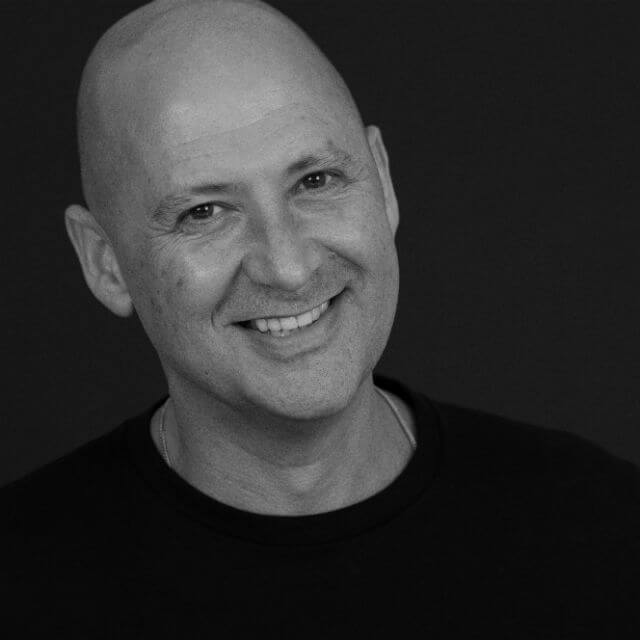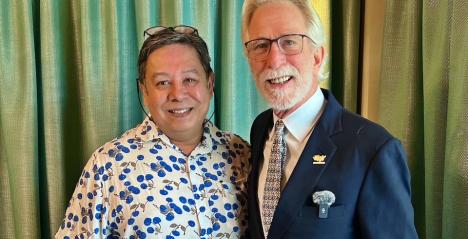Many of you have visited Mount Faber and admire the view from the peak. However to me, what is more exciting are the relics of old Singapore than abounds in this area. Nestled in the shadows of Mount Faber, lies Keppel Hill Reservoir, an abandoned reservoir which was built during the colonial period of Singapore. It fell into disuse and was eventually forgotten, before It was rediscovered in 2005 by urban explorers.
Nobody knows the exact date of when the reservoir was first built. The nearest clue comes from a mention of an excavation site for a reservoir in the news during those times with the trial of "Westphalite" (explosives) supplied by Paterson, Simons & Co. The first charge was conducted on 12 April 1899 on the excavation site meant for the reservoir near the foot of Mt Faber. The location was also the premises of the New Harbour Company, a company which was later renamed Keppel Harbour Company in 19 April 1900.
The private reservoir is less than 20 metres long and two metres deep - no more than one-third the size of an Olympic swimming pool. It became first known in 1905 as the Keppel Harbour Power Station Reservoir and served the nearby Tanjong Pagar Dock for the Tanjong Pagar Dock Company. (the forerunner of today's Port of Singapore Authority.) In 1906, the reservoir was arranged to have its supply channeled to the nearby Pasir Panjang’s Government Beri-beri Hospital. It also supported a nearby village.
A 1924 map from the former Singapore Harbour Board shows that this reservoir was the largest of three small reservoirs which were also located at the foot of Mount Faber. Due to its small capacity, it eventually fell out of use as a reservoir. However by then, residents had taken to using it as their private swimming pool.
On the evening of 6th April 1936, two soldiers from the Middlesex Regiment, 21-year old Private Alfred Birch and 20-year old Private Francis Hubbard drowned in the reservoir. Hubbard had been trying to rescue Birch who was struggling in the water. Other Regiment soldiers who were nearby swam quickly towards them. By the time they reached the duo's last known location, the two had already sank to the bottom.
A local Malay diver, named Bujang, of the Singapore Harbour Board arrived half an hour later and dived into the reservoir. He recovered Hubbard’s body. About 45 minutes later. Birch's body was recovered by two other soldiers. The two were unable to be revived at the hospital and were later buried at Bidadari Cemetery. Following the incident, the soldiers of Middlesex Regiment were instructed not to swim there again.
During World War 2, when the Japanese occupied Singapore, the reservoir was used as a swimming pool by the Japanese officers.
On the afternoon of 26th March 1948, 16-year old Chew Teik Pin, then an employee of Tyersall Officers' Mess, went with two other youths to the reservoir for a swim. By then it was known as Keppel Hill Reservoir. He faced difficulty after his first plunge and did not surface. His body was recovered the next day.
Pre and post-war maps showed that it was previously used as a swimming pool. Remnants of a diving board and a bathing area still stands today. The place gradually fell out of popularity as a swimming pool and over time, only kids and residents from nearby Morse Road still make use of it as their playground.
By 1954, the outline of the reservoir location was no longer listed as a reservoir or a swimming pool in survey maps. By early 2000s, it completely disappeared altogether from most maps.
Since it’s discovery was made public in the newspaper in 2014, this place has now become a favourite exploration spot for urban explorers. Today the reservoir is a tranquil sight with its stagnant green waters filled with dry leaves and twigs. It is surrounded on all sides by the towering forest & nature has reclaimed much of it over the decades. Roots of majestic fig trees clings tightly to the brick walls and stairs, reminding one of Borobudur ruins. Only the remnants of the diving board reminds one of its swimming pool past.













